
Transcending COVID-19 barriers to pain care in rural America: Pragmatic comparative effectiveness trial of evidence-based, on-demand, digital behavioral treatments for chronic pain.
The COVID-19 pandemic has affected everyone in different ways. For people from the rural America with chronic diseases, particularly those who experience pain, the pandemic can not only worsen pain, but also it can trigger anxiety, depression, trouble sleeping, and substance use. This psychological distress is exacerbated...

Feasibility of combining spatial computing and AI for mental health support in anxiety and depression
The increasing need for mental health support and a shortage of therapists have led to the development of the eXtended-reality Artificial Intelligence Assistant (XAIA). This platform combines spatial computing, virtual reality (VR), and artificial intelligence (AI) to provide immersive mental health support. Utilizing GPT-4 for AI-driven therapy,...

Virtual Reality: A New Treatment Paradigm for Disorders of Gut-Brain Interaction?
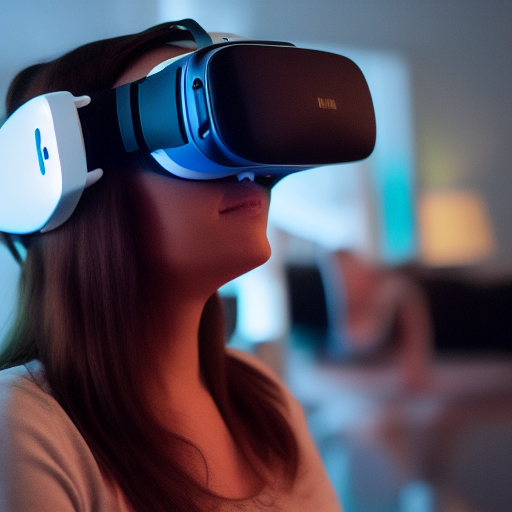
Patient perceptions of virtual reality for pain relief in labor: A qualitative study
Introduction: Labor represents the most common reason for hospitalization, and most patients will use some form of pain management during their labor. While some studies have suggested that virtual reality (VR) may be an effective option for managing pain, more study is necessary to understand the patient experience...
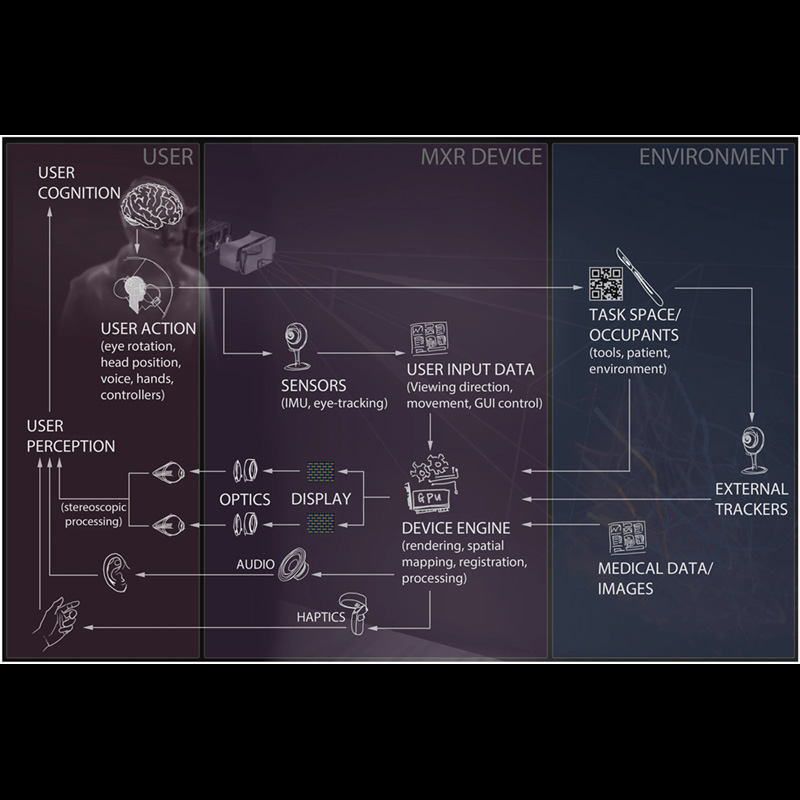
Evaluation Challenges for the Application of Extended Reality Devices in Medicine
Augmented and virtual reality devices are being actively investigated and implemented for a wide range of medical uses. However, significant gaps in the evaluation of these medical devices and applications hinder their regulatory evaluation. Addressing these gaps is critical to demonstrating the devices’ safety and effectiveness. We...

Qualitative Validation of a Novel Virtual Reality (VR) Program for Irritable Bowel Syndrome: A VR1 Study
Background: Although gut-directed psychotherapies are effective for IBS, they are rarely prescribed given a paucity of trained clinicians. Virtual reality (VR) offers a solution by allowing patients to self-practice these techniques in a standardized manner.Methods: A multidisciplinary team developed IBS/VR, a program that transports users into immersive VR worlds...

Home-based virtual reality for chronic pain: protocol for an NIH-supported randomised-controlled trial
Our Virtual Medicine research team at Cedars-Sinai conducts a wide variety of clinical VR trials. In an effort to share our trial methodology with other medical extended reality (MXR) researchers, we recently published the full protocol for one of our NIH trials studying VR for chronic lower...
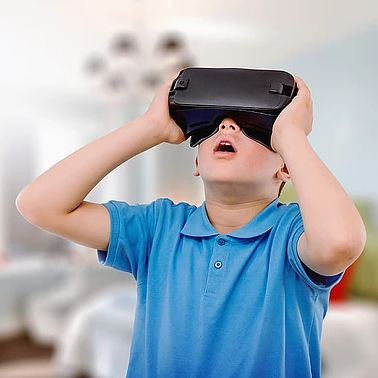
Child and Parent Perspectives on the Acceptability of VR
Children may experience medical trauma when undergoing procedures. While VR is effective for managing procedural pain and anxiety, few studies address how families feel about using VR. Together with our pediatric colleagues at Cedars-Sinai, our VR research team explored pediatric patient and guardian views regarding the acceptability...
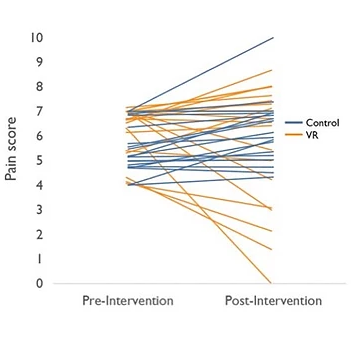
Virtual Reality Reduces Pain in Laboring Women
Virtual reality represents a potential method for easing labor pain and in non-pregnant patients has been shown to achieve similar or greater analgesia than opioids. Few studies of VR have been performed in pregnant women. In a study led by Drs. Melissa Wong and Kim Gregory in...
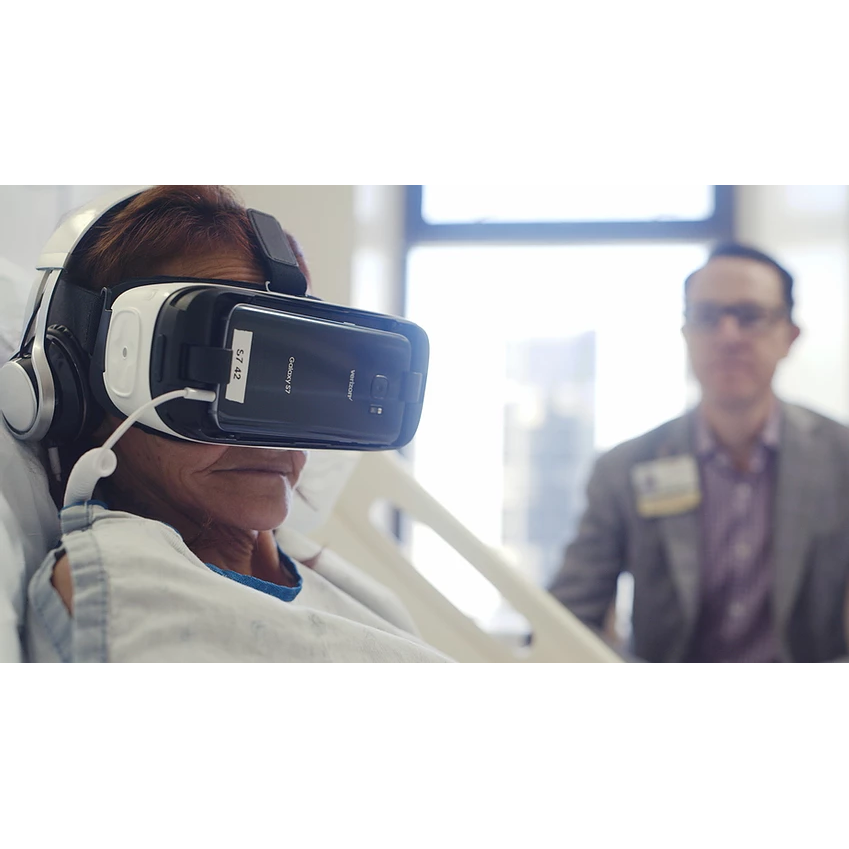
VR for managing pain in hospitalized patients: A randomized trial
Therapeutic virtual reality has emerged as an effective, drug-free tool for pain management, but until recently there has been a lack of controlled trials evaluating its effectiveness in hospitalized patients. To address this unmet need, we performed a prospective, randomized, comparative effectiveness trial in hospitalized patients comparing...
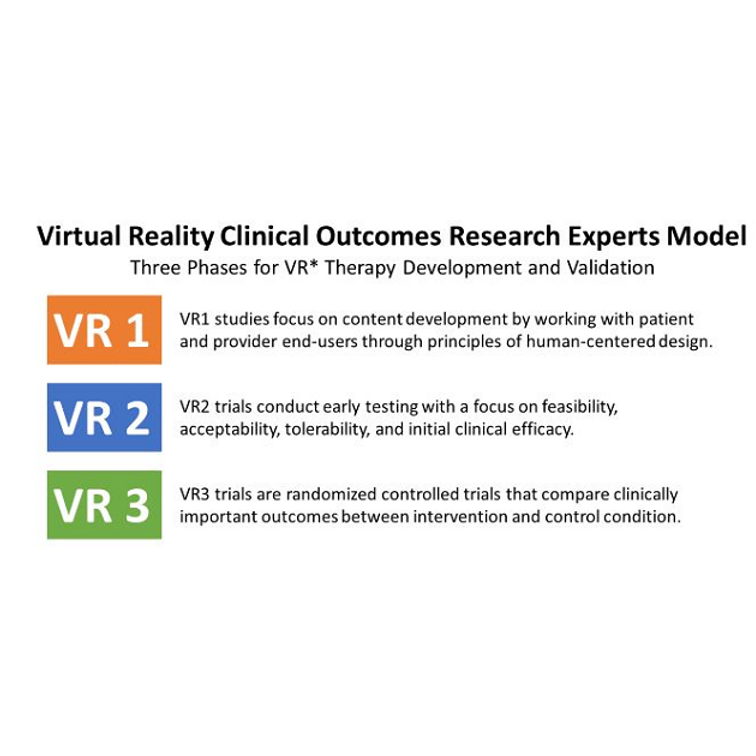
How do we advance the science of therapeutic VR? New guidelines offer blueprint
As the use of therapeutic VR expands, it is essential that guidelines are established to ensure scientific rigor in the development and evaluation of VR applications, similar to established standards for drug therapies. VR developers would benefit from systematic guidance on best practices for designing and conducting...
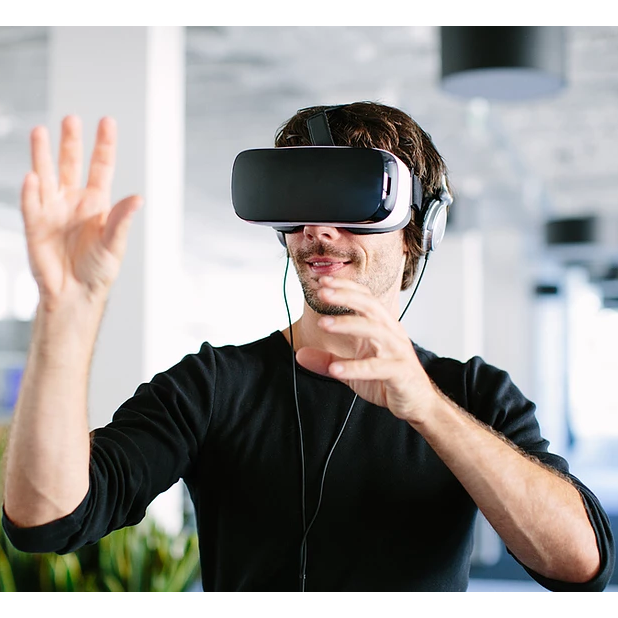
Does Insurance Cover Therapeutic VR for Hospital Care?
Unfortunately, not quite yet. It is possible that some insurance companies will soon see the benefits of covering therapeutic VR as a bona fide, evidence-based and effective medical treatment. But at the moment, we are not aware of an insurance company that is routinely paying for VR....
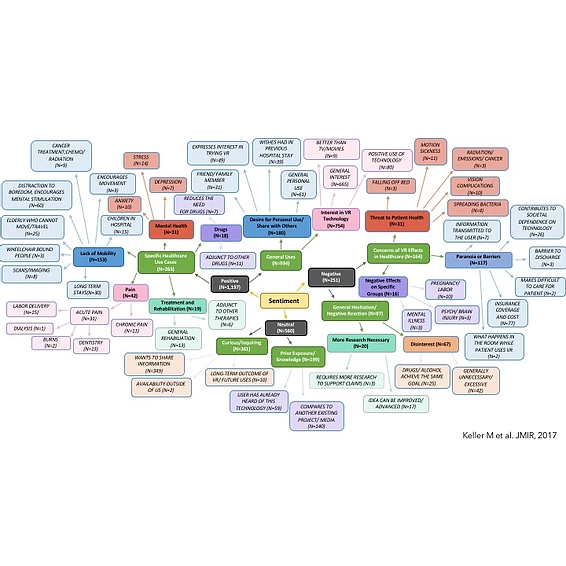
What Does the Public Think About Using VR for Healthcare? We Can Learn A Lot from Facebook Comments
Virtual reality (VR) technology provides an immersive environment that enables users to have modified experiences of reality. VR is increasingly used to manage patients with pain, disability, obesity, neurologic dysfunction, anxiety, and depression. However, public opinion regarding the use of VR in health care has not been...

Virtual Reality for Management of Pain in Hospitalized Patients
Improvements in software and design and reduction in cost have made virtual reality a practical tool for immersive, three-dimensional, multi-sensory experiences that distract patients from painful stimuli. Our team at Cedars-Sinai Medical Center performed a study to measure the impact of a one time 3D VR intervention...
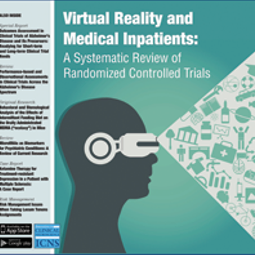
Virtual Reality and Medical Inpatients: A Review of the Evidence
There is a tremendous amount of interest in using virtual reality to alleviate pain and suffering among hospitalized patients. Recently, we evaluated the evidence supporting the use of VR among patients in acute inpatient medical settings. We conducted a systematic review of randomized controlled trials that...
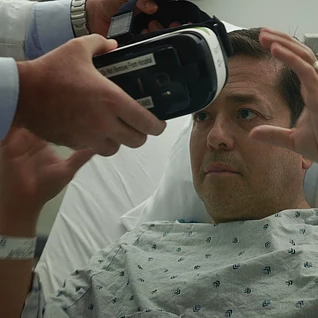
Is it Feasible to Use VR in a Hospital?
For decades, inpatient health care providers have recognized that patient management does not merely entail acute symptom management; hospitalized patients may also experience anxiety, uncertainty, and boredom exacerbated by a radical change in living environment and loss of customary rights and privileges. In order to care for...
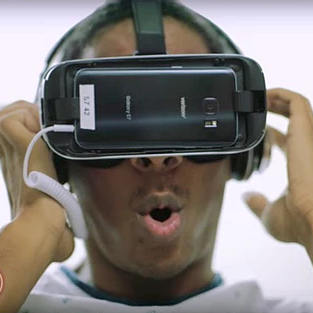
Top 10 Lessons Learned Using Virtual Reality in Hospitalized Patients
If you’ve ever been hospitalized or visited someone in the hospital, then you know that patients can experience anxiety, uncertainty and boredom exacerbated by a radical change in living environment and loss of customary rights and privileges. Sitting in a hospital room for days or weeks, often...



